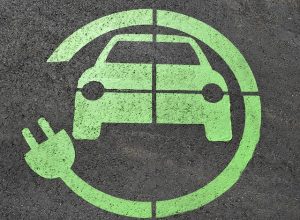
The findings will help researchers design and manufacture optimized electrodes for improved cell performance.
Researchers from Imperial College London have demonstrated a machine learning algorithm capable of improving the design and performance of lithium-ion batteries.
Lithium-ion is the most popular battery type for portable electronics, like smartphones, however, in the past few years, it has been applied to larger products, like electric vehicles.
SEE ALSO: Tech Giants Back National Research Cloud
That has led to a surge in R&D to make lithium-ion batteries charge faster, hold charge longer, while also reducing the battery size.
Several teams around the world are trying to embed artificial intelligence into the search for better batteries, including Argonne National Laboratory and University of Cambridge
The microstructure of an energy storage device, like a fuel cell or lithium-ion battery, can be shaped and changed to improve performance and efficiency. The issue is that, because individual micrometer-scale pores are so small, it’s hard for researchers to study them.
However, with the use of machine learning, the researchers are now able to generate 3D images of the microstructure, using a technique called “deep convolutional generative adversarial networks” (DC-GANs), which can then predict performance outcomes.
“Our technique helps us zoom right in on batteries and cells to see which properties affect overall performance. Developing image-based machine learning techniques like this could unlock new ways of analyzing images at this scale,” said Andrea Gayon-Lombardo, a member of the electrochemical science and engineering research group at Imperial.
The researchers are currently limited by the volume of data required to be statistically representative of a whole cell but believe that the research could be applied by industry leaders with more resources.
“Our team’s findings will help researchers from the energy community to design and manufacture optimized electrodes for improved cell performance. It’s an exciting time for both the energy storage and machine learning communities, so we’re delighted to be exploring the interface of these two disciplines,” said Dr Sam Cooper, project supervisor at Imperial.































